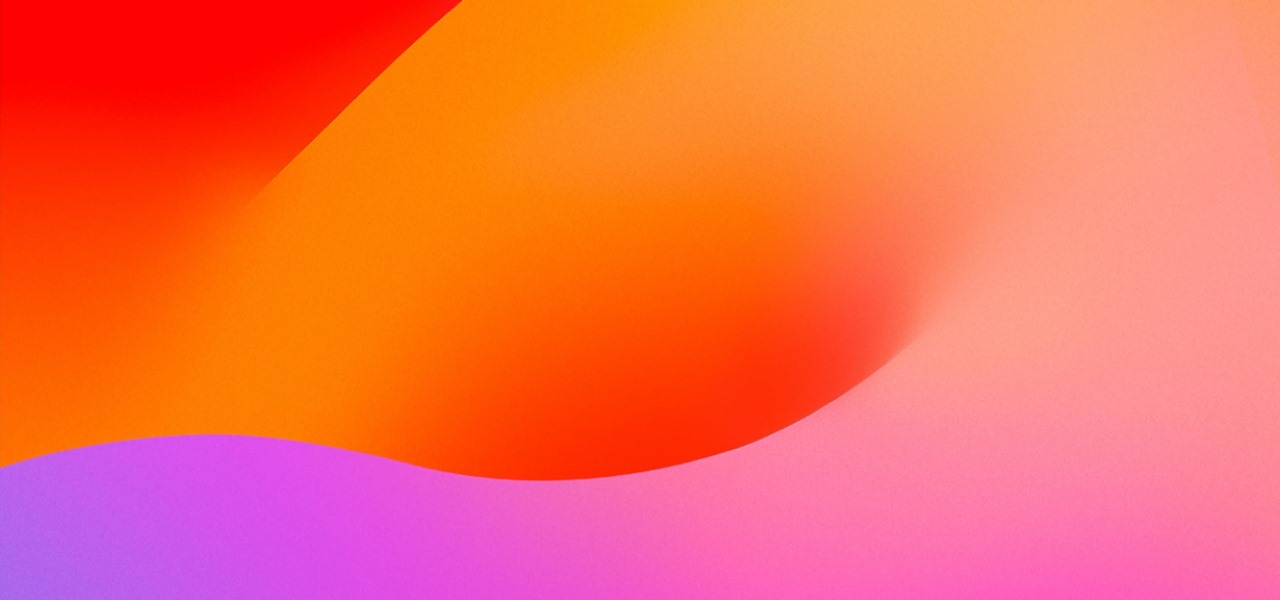Hot Mixed Reality News Posts


News: Magic Leap Claims He Stole Augmented Reality Ideas as an Employee, but Who Is Chi Xu, the Founder of Nreal?
When I first found out about Nreal, back in the spring of 2018, the most interesting thing about the company's story was the founder's background. Chi Xu, the CEO and founder of Nreal, previously worked at Magic Leap as a software engineer.
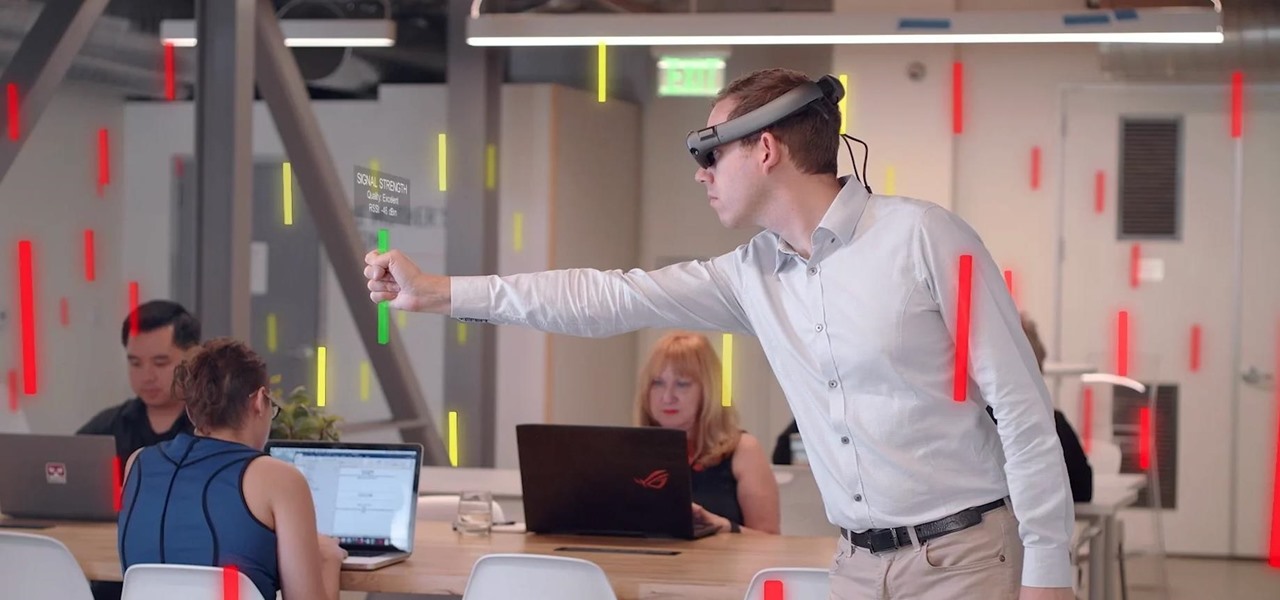
News: Magic Leap App SeeSignal Uses AR to Help You Find & Touch the Strongest Cellular, Wi-Fi, & Bluetooth Signals
While Magic Leap World gets its share of fun apps for playing with Porgs, watching TV, and exploring the ocean's depths, developers are making a strong business case for the Magic Leap One as well.
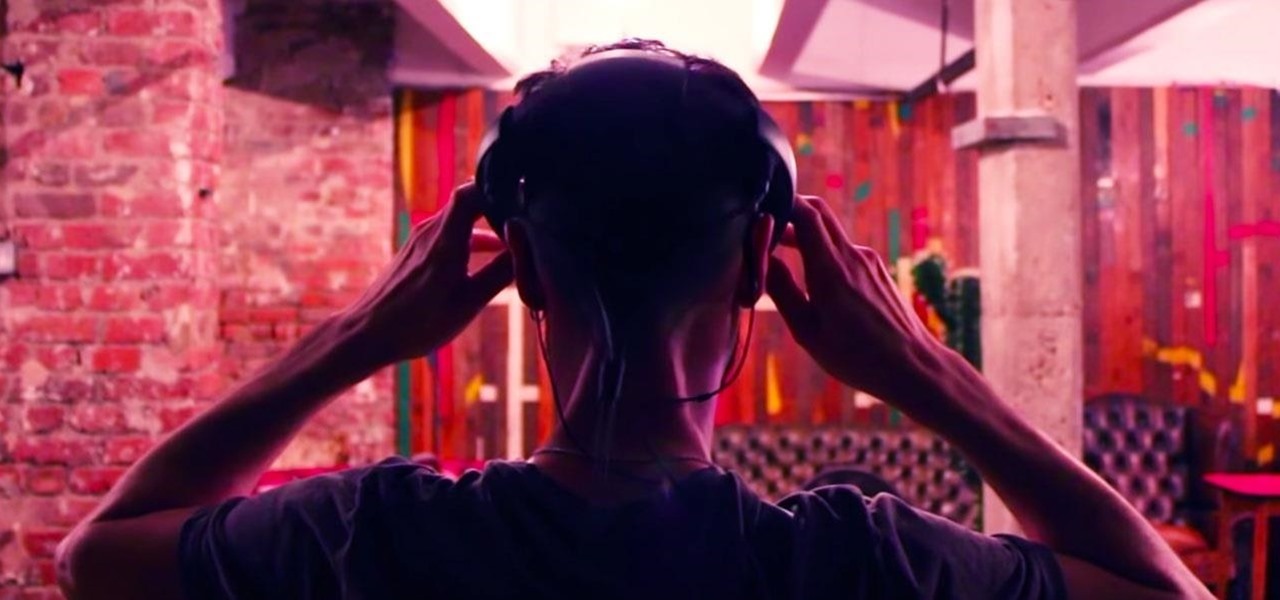
News: Magic Leap One Now Available to Most US Consumers, Affirm Partner Offers Buyer Financing
One the main gripes against cutting-edge augmented reality headsets like the Magic Leap One and the HoloLens is the price — they're pretty expensive compared to most consumer devices. Well, now some of that pain has been relieved for those looking to pick up a Magic Leap One as the company has just announced a financing option that allows anyone with a spare $96/month to gradually pay their way into full ownership of the device.

Have You Seen This?: Secrets of Ancient Egypt Shows the Potential of HoloLens Tourism
A few days ago, I pulled up the Windows Store on my HoloLens and saw a few new applications. One that caught my attention was Oriental Museum, which lets you explore China's Forbidden City, and the other one is very similar free demo app called Secrets of Ancient Egypt by Link Development.
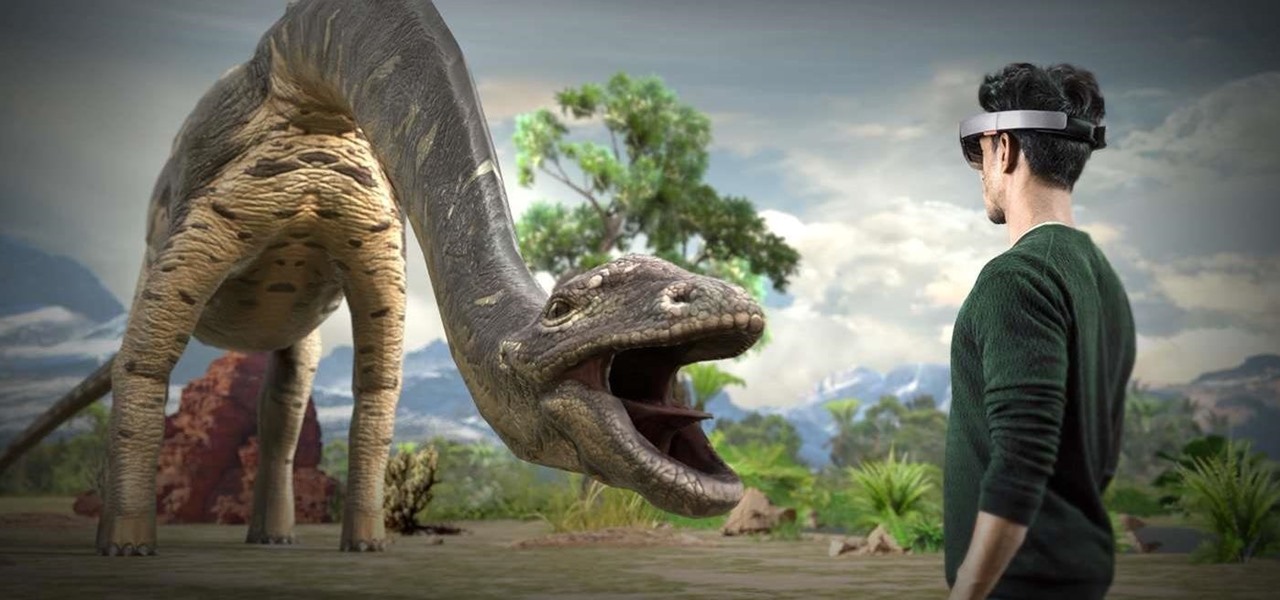
News: 'Land of Dinosaurs' HoloLens App Brings Jurassic Park to Life with Holograms
Jurassic Park makes a great (and sometimes mediocre) action movie, but hopefully isn't the sort of thing we're dumb enough to actually make. Fortunately, on the HoloLens, you can now walk with the dinosaurs with no risk to your life and limbs.
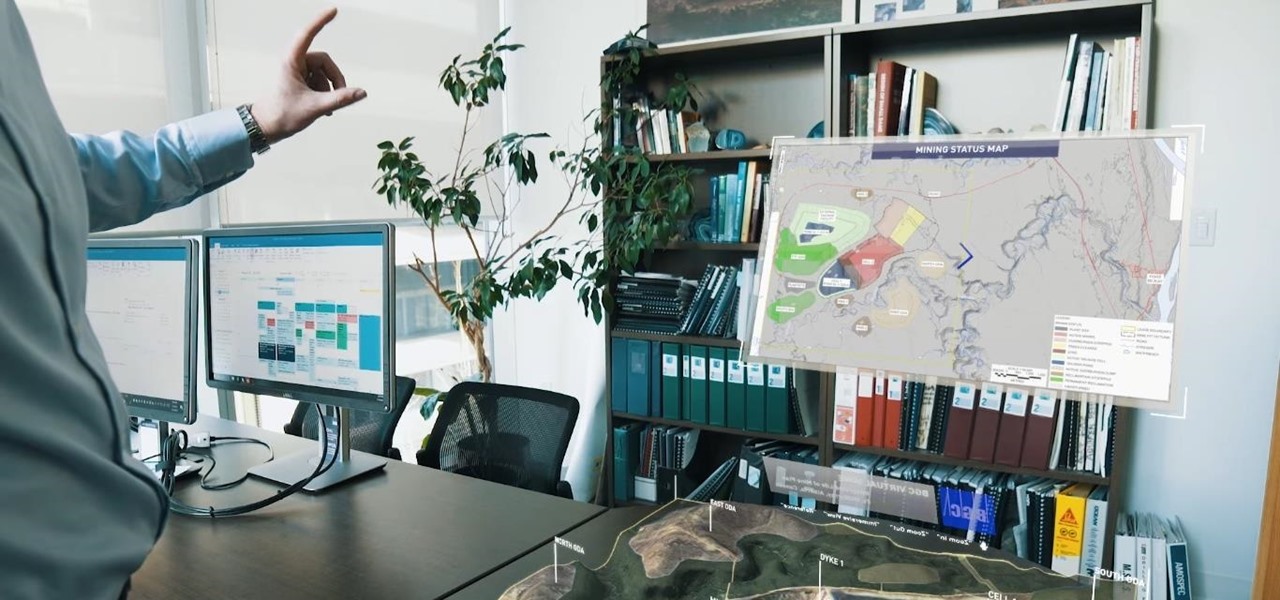
News: Detailed 3D Mining Maps & Future Reclamation Views Highlighted in Proof-of-Concept HoloLens App
LOOOK, a Seattle-based mixed reality and development studio, can now peer into the future with their new geotechnical engineering visualization application for Microsoft HoloLens.
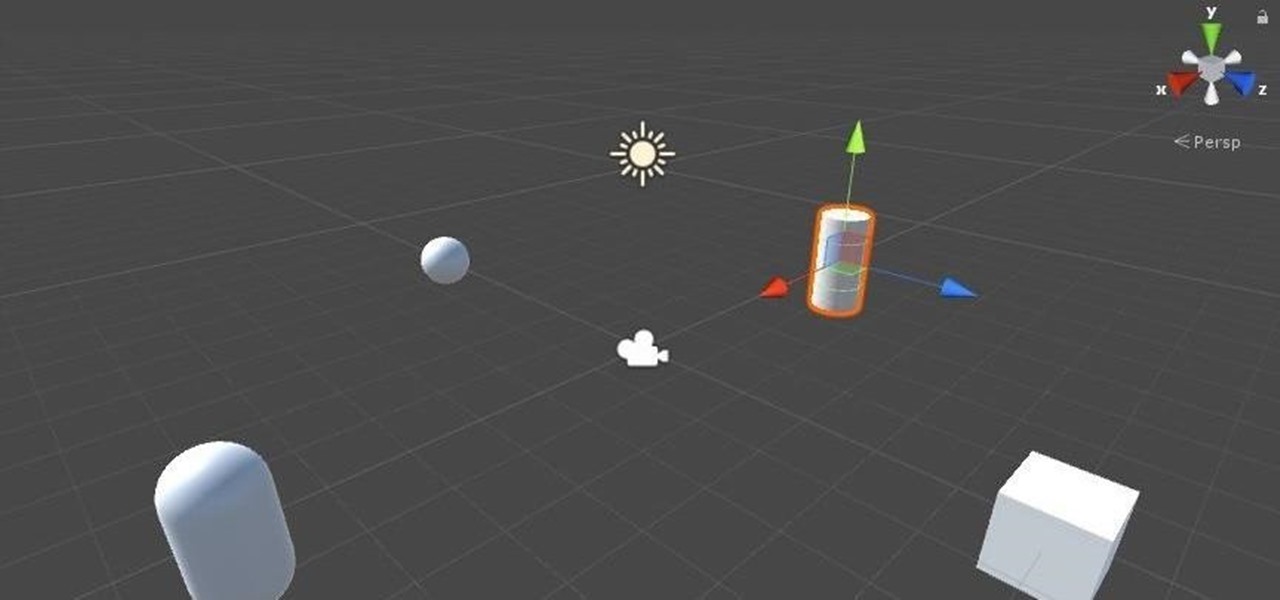
HoloLens Dev 101 : How to Build a Basic HoloLens App in Minutes
Now that we've got all of our software installed, we're going to proceed with the next step in our HoloLens Dev 101 series—starting a fresh project and building it into a Holographic application. Then we will output the application to the HoloLens Emulator so we can see it in action.
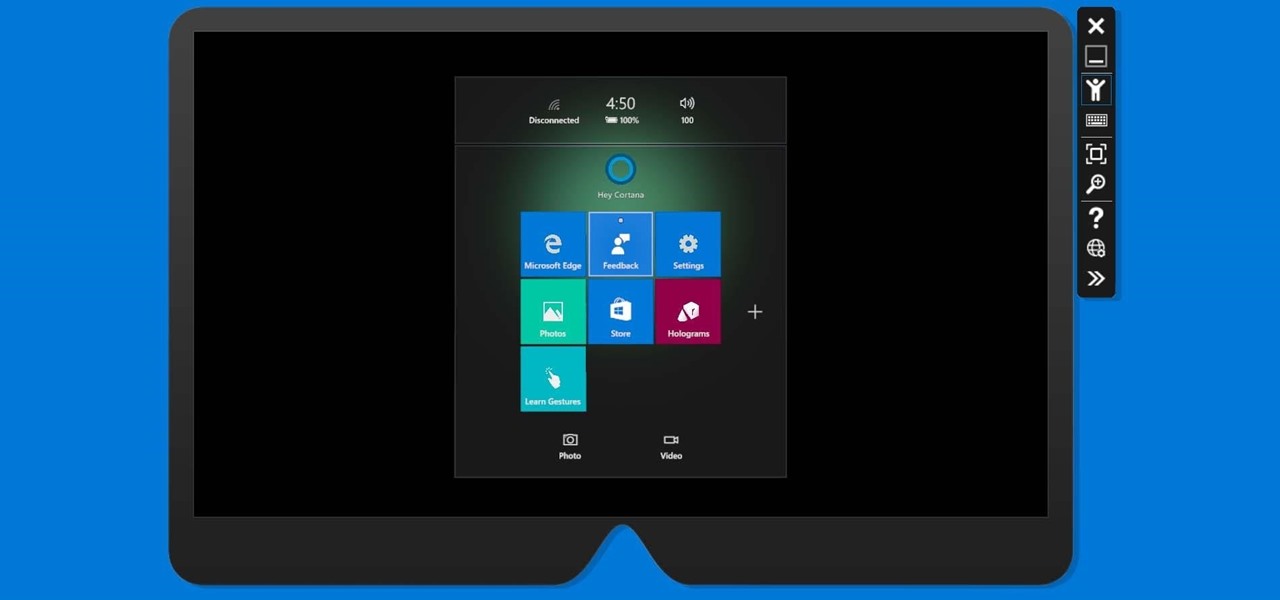
HoloLens Dev 101: How to Install & Set Up the HoloLens Emulator
Don't let the lack of owning a HoloLens stop you from joining in on the fun of creating software in this exciting new space. The HoloLens Emulator offers a solution for everyone that wants to explore Windows Holographic development.
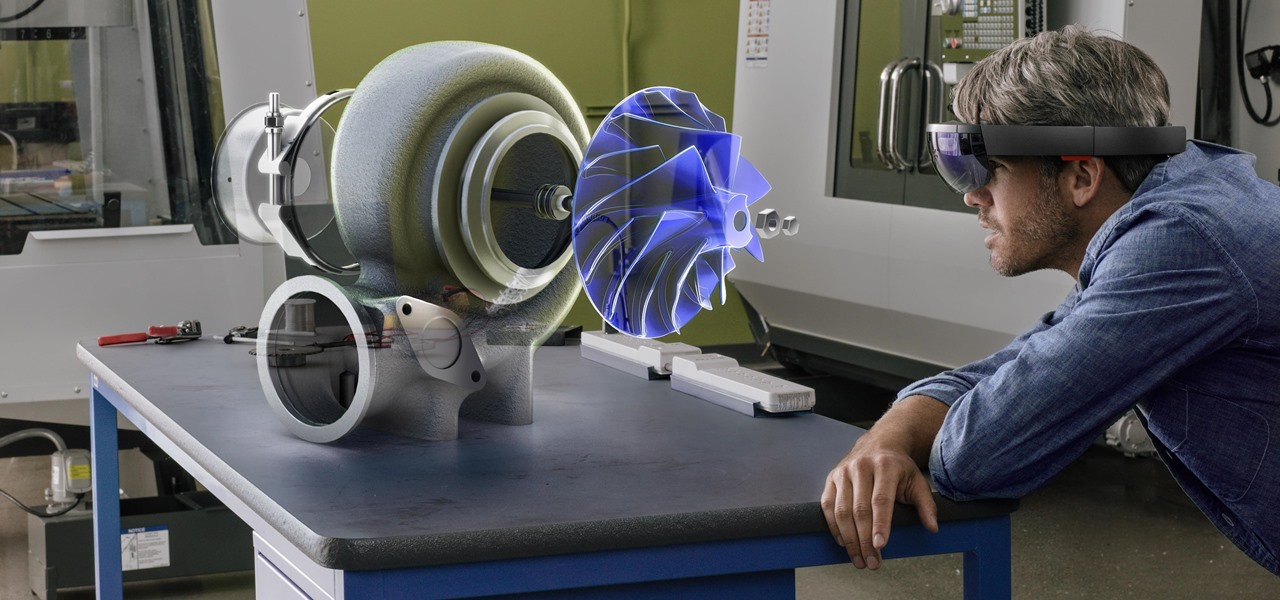
News: The HoloLens Can Now Wirelessly Use a PC's CPU & GPU for Faster Development Cycles
Virtual reality headsets like the Oculus Rift and HTC Vive tether to desktop computers with robust GPUs in order to harness their power. The free-roaming, cordless Microsoft HoloLens forgoes those chains but loses a bit of graphical processing power in the mix. However, a recent report suggests we may get the best of both worlds.
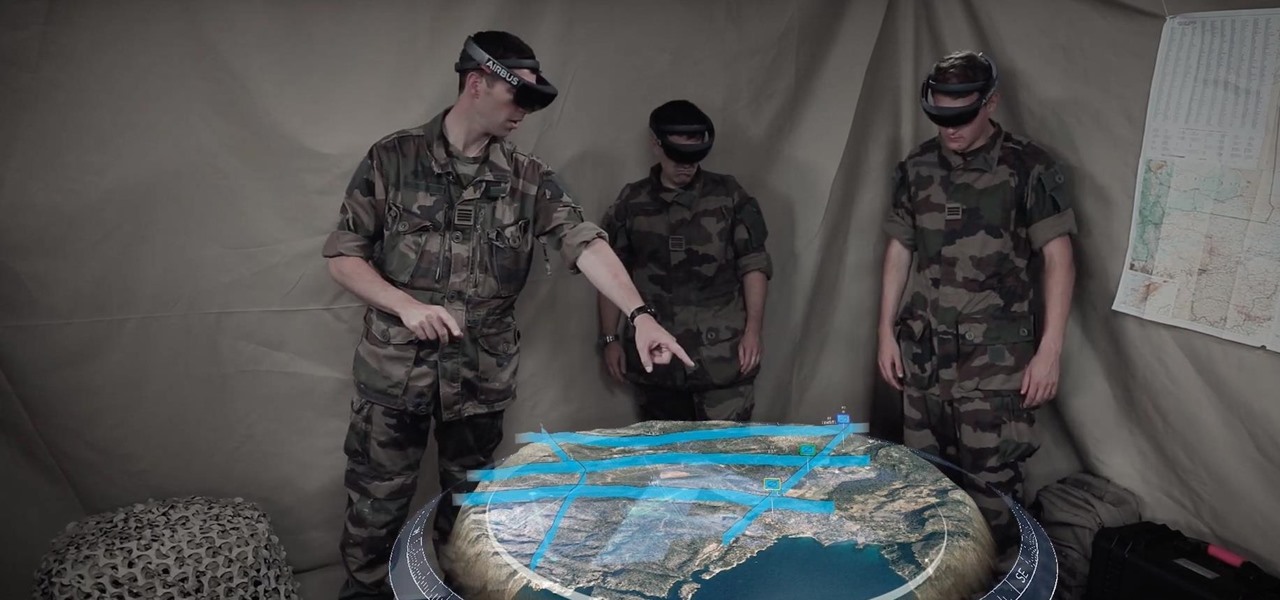
News: Airbus Previews Military Sandbox App for HoloLens
As Microsoft works toward fulfilling its $480 million contract to supply modified HoloLens 2 headsets to the US Army, Airbus is preparing to supply advanced augmented reality apps for the device.
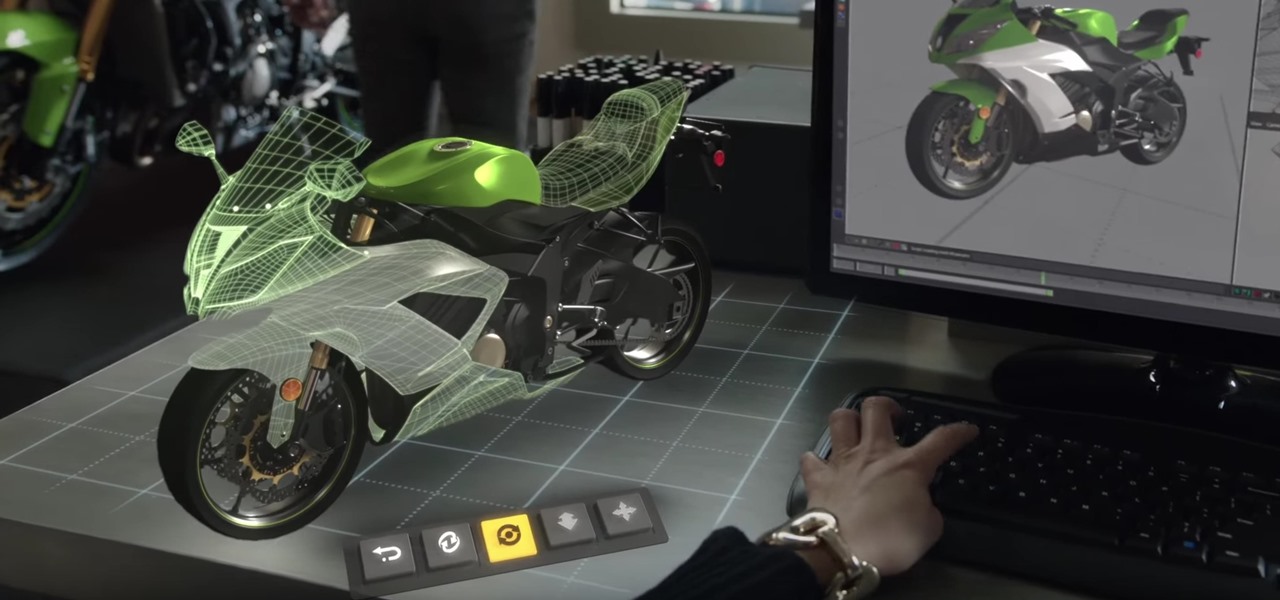
HoloLens Dev 101: How to Get Started Creating for Windows Mixed Reality
Many new developers are diving right into the Microsoft HoloLens, but augmented and mixed reality are fairly big subjects in terms of learning. There's a lot to cover and, unfortunately, very few places for someone brand new to Windows Holographic to begin lessons.
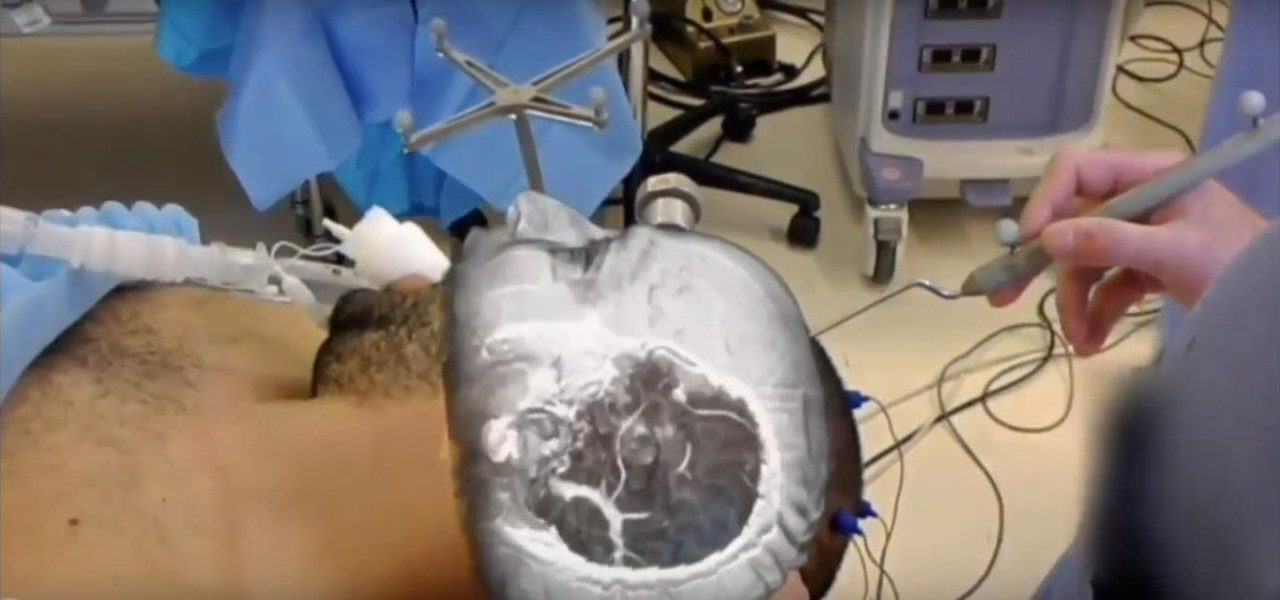
News: Medical Software Maker Medivis Closes $2.3 Million in Funding to Bring HoloLens to Surgical Platform
The HoloLens has made enough of an impact on the healthcare industry for Microsoft technology partner Medivis to convince investors to pledge $2.3 million in funding for its surgical platform.

News: Microsoft's HoloLens 2 Makes Primetime Debut on Fox TV Show 'The Resident'
The HoloLens 2 hasn't even reached most of the market, but it's already a big-time TV star. Microsoft's augmented reality device made its primetime debut on FOX TV last night on an episode of the hospital drama The Resident.
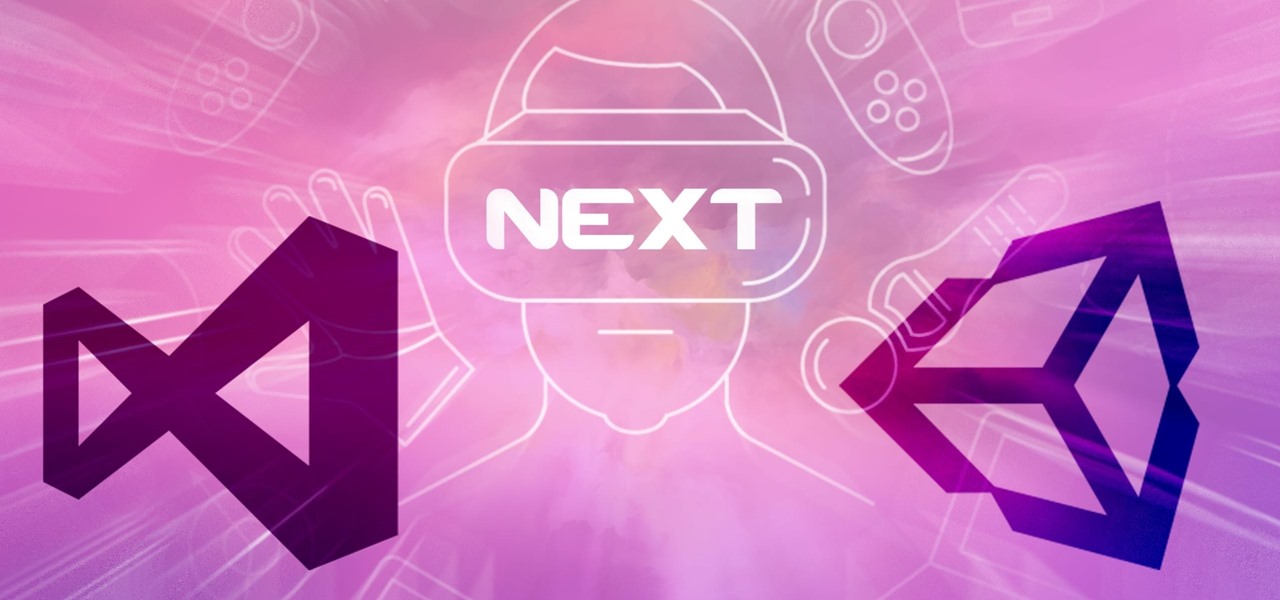
HoloLens Dev 101: How to Install & Set Up the Software to Start Developing for Windows Holographic
In this first part of my series on getting started with Windows Holographic, we are going to cover everything you need to get set up for developing HoloLens apps. There are many pieces coming together to make one single application, but once you get used to them all, you won't even notice. Now there are different approaches you can take to make applications for HoloLens, but this way is simply the fastest.
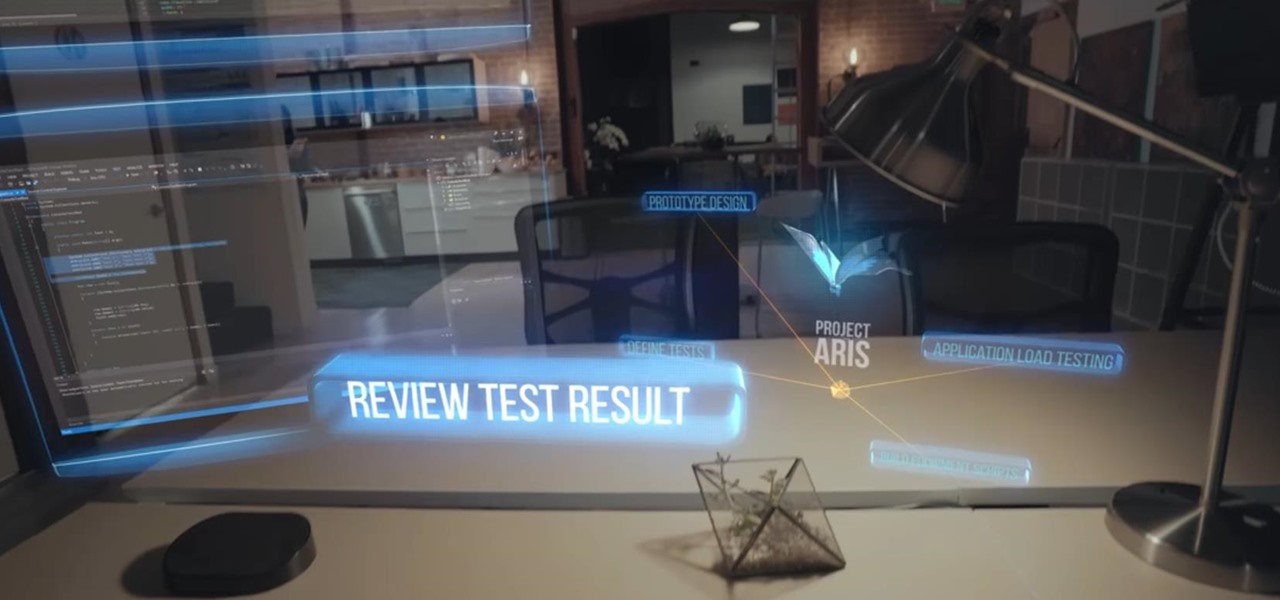
How To: Set Up the Meta 2 Head-Mounted Display
So after being teased last Christmas with an email promising that the Meta 2 was shipping, nearly a year later, we finally have one of the units that we ordered. Without a moment's hesitation, I tore the package open, set the device up, and started working with it.

Have You Seen This?: Synesthesia Adds Trippy Sound Visualization to the HoloLens
If anyone has every told you that they see music they listen to, they have synesthesia. It's a fascinating neurological phenomenon where people experience crossed responses to stimuli, and no one knows exactly how common this is. A rough estimate claims that one in every 5,000 to 100,000 people is a synesthete, but it could be far more common or rare. Nobody really knows.
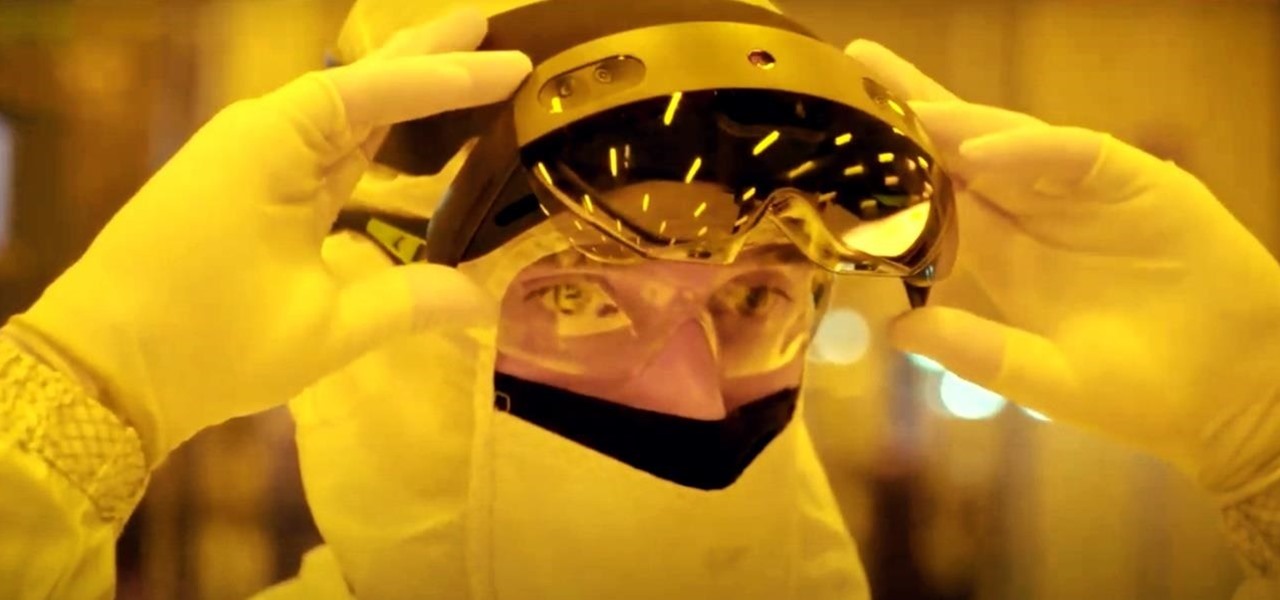
News: Intel Takes Us Inside to Reveal How HoloLens 2 Is Transforming Computer Chip Production
The enterprise applications powering the adoption of the HoloLens 2 are only just ramping up as developers continue to work with the still relatively new hardware.
News: Microsoft Debuts HoloLens 2 Industrial Edition for Pharmaceutical & Semiconductor Enterprise Users
Ever since the US Army awarded Microsoft's HoloLens a $480 million contract, the battle for enterprise augmented reality has heated up in earnest.
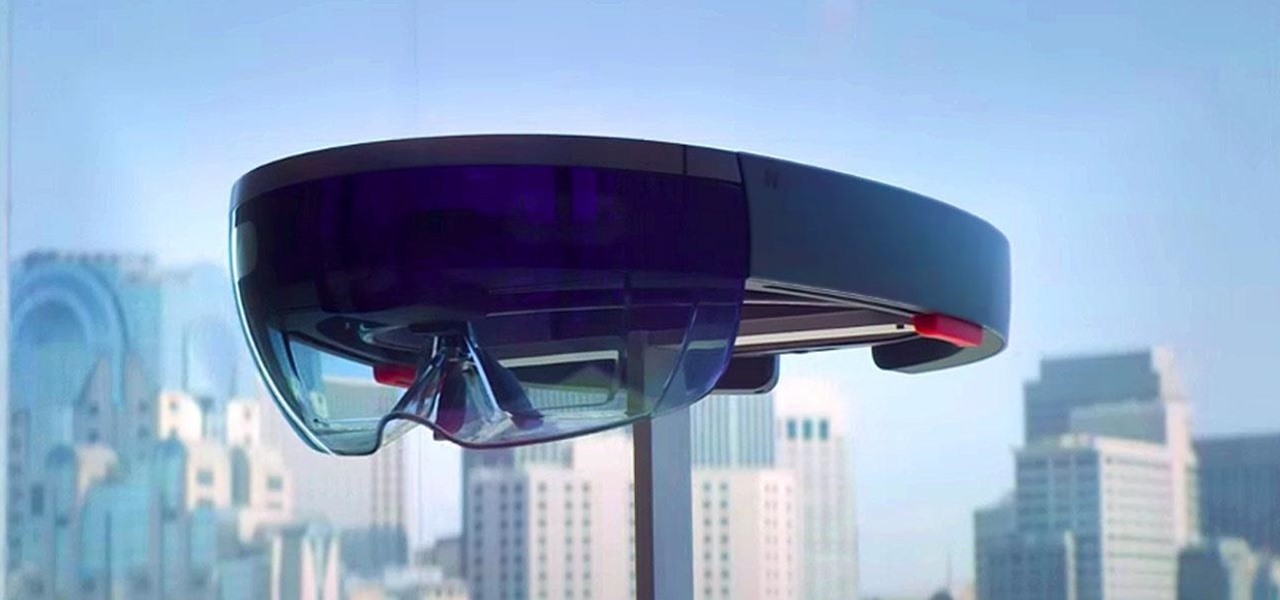
News: Microsoft Discontinuing Major OS Updates for HoloLens 1
With HoloLens 2 (hopefully) just around the corner, Microsoft has announced that it will no longer be providing any major operating system updates to the original HoloLens.
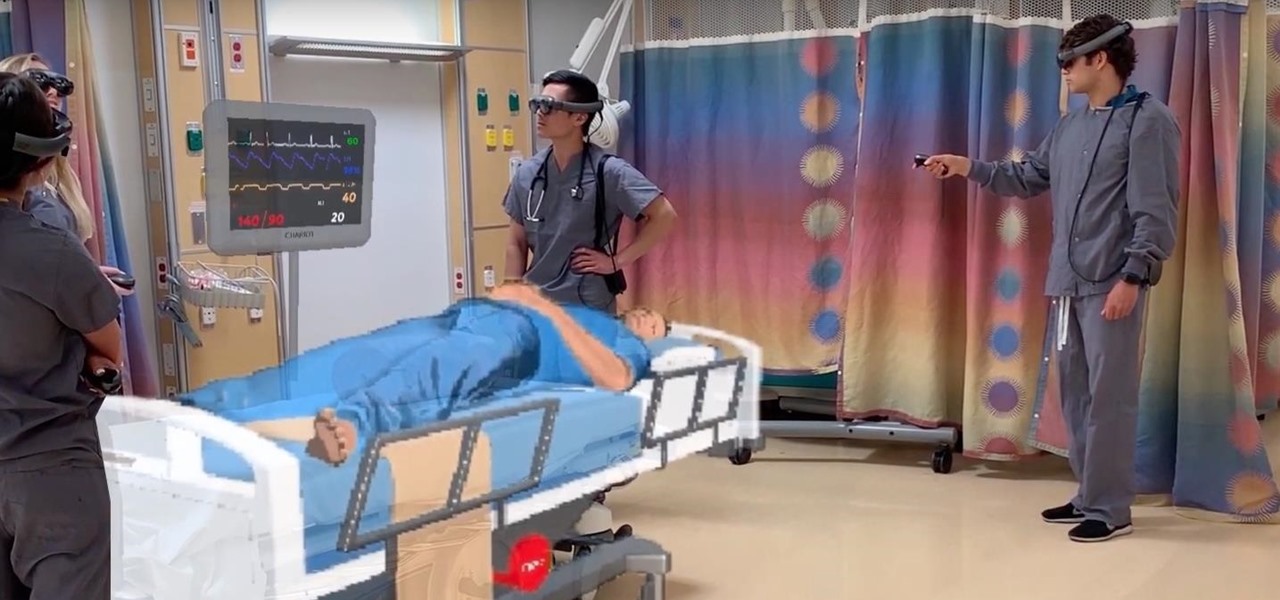
News: Stanford Children's Hospital Experiments with Magic Leap One to Reinvent Medical Training Simulations
In the last few years, the HoloLens has become a popular tool for use in medical procedures and training. But recently, the Magic Leap One has gained momentum in the space as well when it comes to medical use cases.
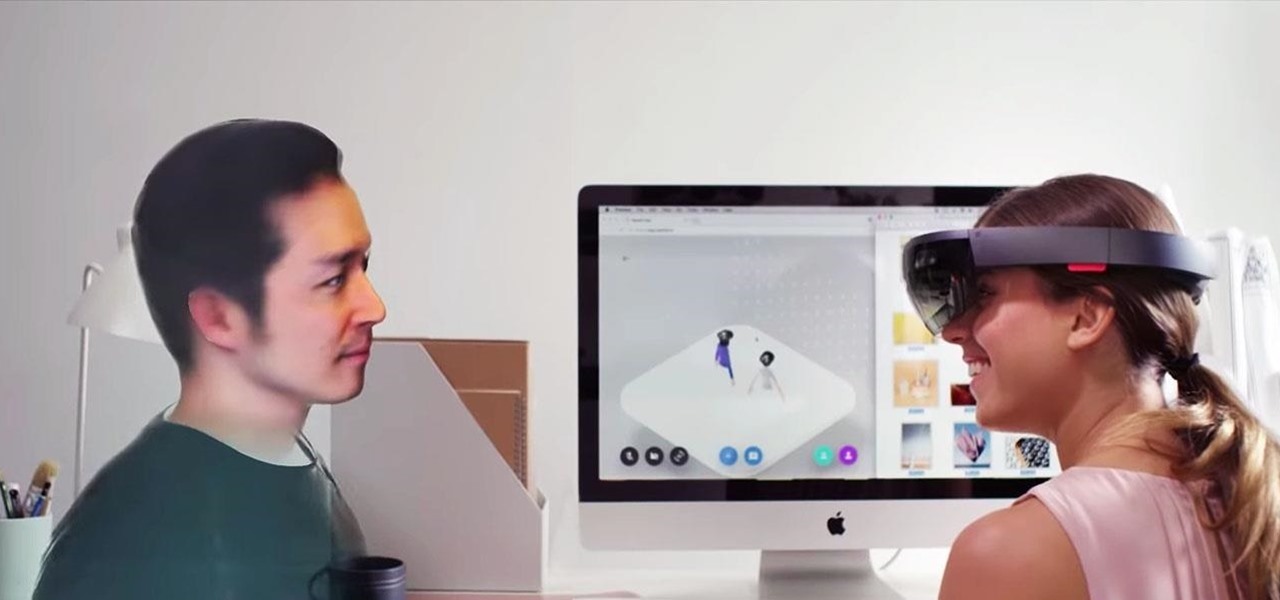
Hands-On: Hands-On with Spatial's Remote Meeting App on Microsoft HoloLens
In recent years, many software publishers have tried to sell the business community on remote meetings via VR, but if social media chatter is any indication, it hasn't taken off in a big way just yet. However, for some, the notion of holding remote meetings using augmented reality, a medium in which you're still directly tied to the real world and not closed off in a blindfold-style VR headset, might be the better solution.
How To: Add Full Body Motion Tracking to the HoloLens with a Kinect
Thanks to Project-Infrared, there's now a pretty straightforward way to add motion tracking to the HoloLens: Connect it to a Kinect.
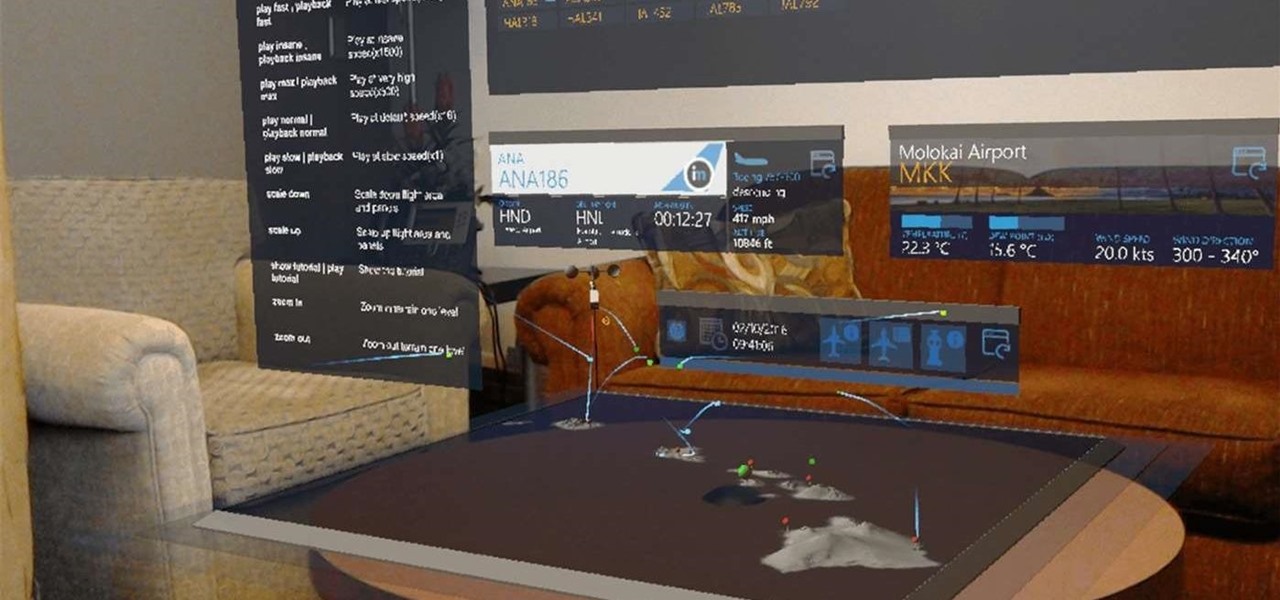
News: HoloFlight Turns Flight Data into Cool Mixed Reality Visualizations
Data visualization has many applications in virtual and mixed reality, since a third dimension literally adds important depth to the represented information. A new app called HoloFlight is a good example of this, combining flight-tracking data and the Microsoft HoloLens to surround you with a look at every plane in the sky.
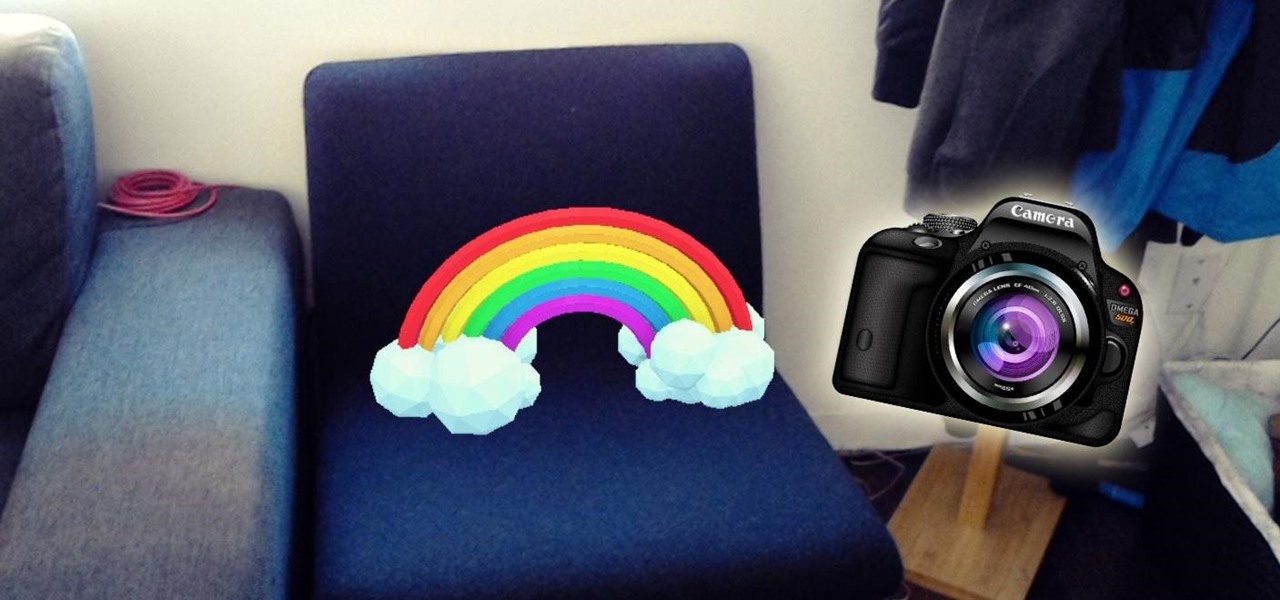
How To: Share Photos & Videos with the Microsoft HoloLens
Microsoft's HoloLens comes with helpful features for capturing video and photos, but sharing whatever you record isn't as straightforward as you might expect. So here are the many ways to get your media off the device to share with the world.
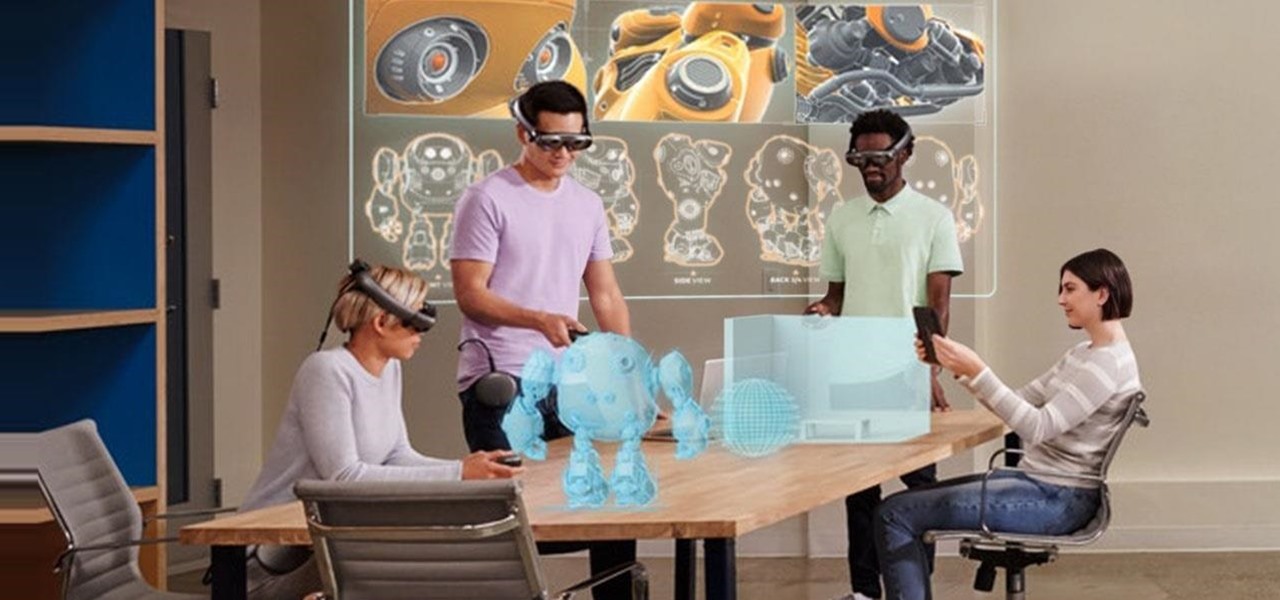
News: Magic Leap Unveils First Look at Magicverse AR Cloud & New Meetings Capabilities in Lumin OS Update
With many office workers in the US being asked to work from home if their job allows, Magic Leap's customary updates for the Lumin OS and Lumin SDK brings some help to keep distributed workforces connected.
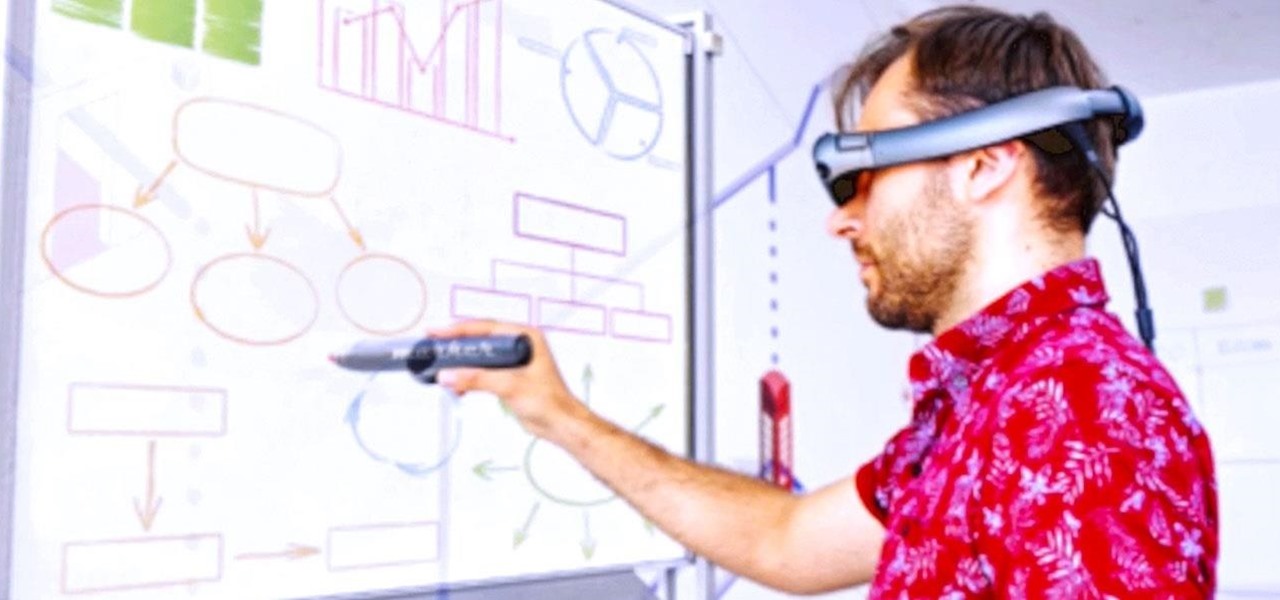
Hands-On: Whiteboard App For Magic Leap Lets You Share Your Strategic Genius In Augmented Reality
The business world is currently figuring out how to deal with the coronavirus crisis, with many offices opting to work remotely for at least the next few weeks as a safety precaution. Predictably, this has thrown remote meeting software back into the spotlight, especially augmented reality solutions.
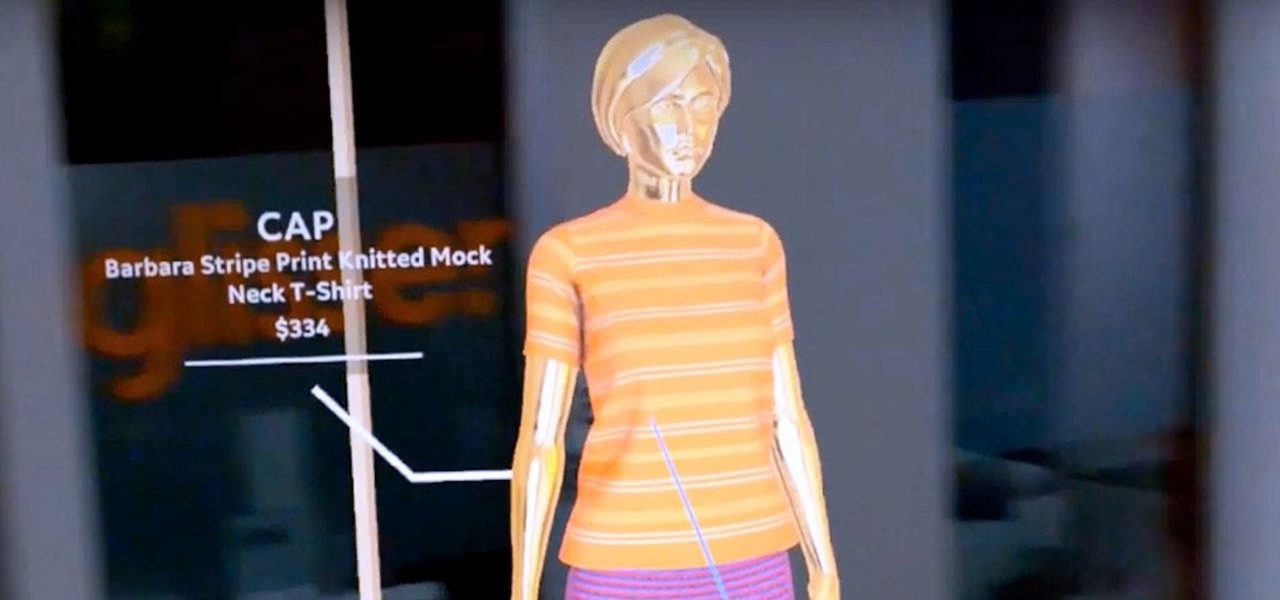
Hands-On: Magic Leap App Obsess Lets You Create a Fashion Store Pop-Up Nearly Anywhere
The newly enhanced focus from Magic Leap on enterprise, announced on Tuesday, also came with a few companies opting to weigh in with their experiences developing for the platform.
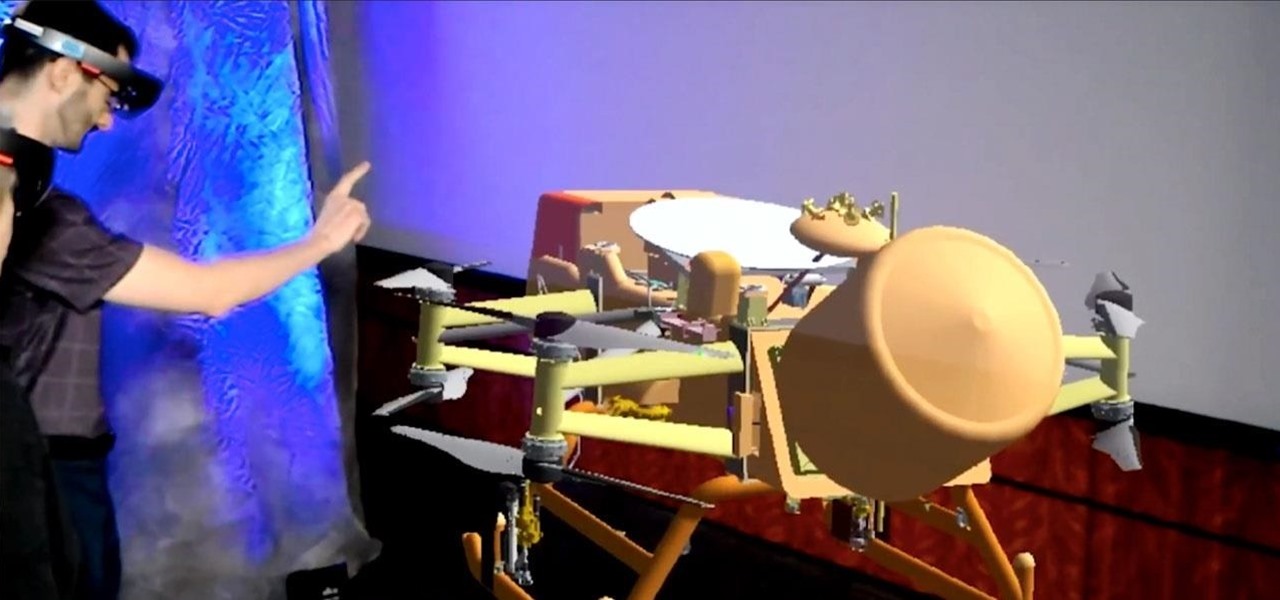
News: NASA Team Headed to Titan in Search of Life Using Microsoft HoloLens As Key Part of the Mission
NASA is going going to Saturn's moon Titan, and the space organization is using augmented reality help them do it.
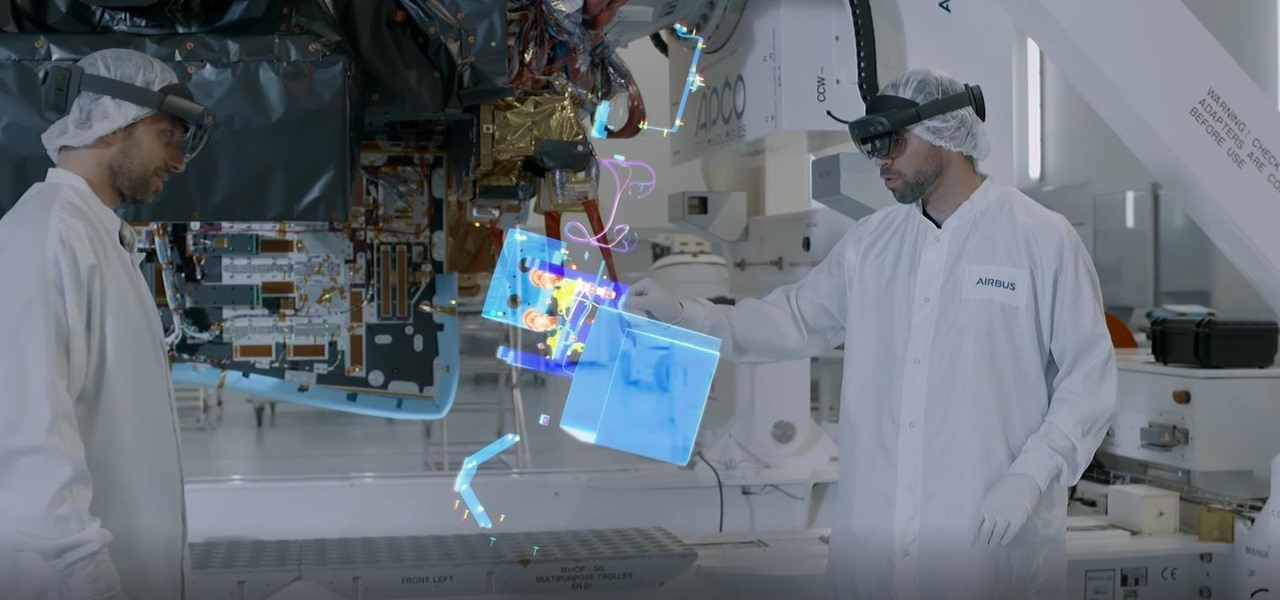
News: Airbus Partners with Microsoft to Begin Selling HoloLens 2 Software After Successful AR Pilot Program
Aircraft manufacturer Airbus is so impressed with the boost in productivity it has gained from Microsoft's HoloLens, the company will begin offering augmented reality software to its customers.
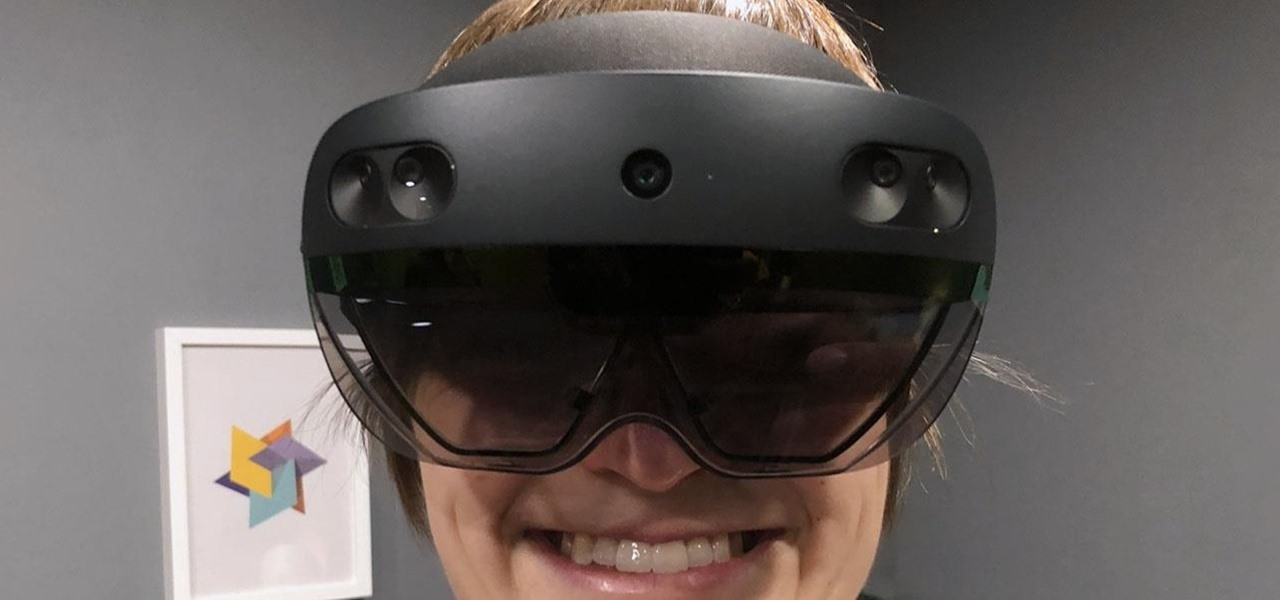
Hands-On: Hands-On with the HoloLens 2, the New Best Augmented Reality Experience You Can Get
In the last couple of days there's been a lot of speculation about the powers of Microsoft's HoloLens 2, but few have had a chance to get their hands on one to see if the company's claims live up to what HoloLens inventor Alex Kipman showed off on stage.

News: HoloLens 2, All the Specs — These Are the Technical Details Driving Microsoft's Next Foray into Augmented Reality
Now that we've officially seen the HoloLens 2 and Microsoft has shown off the improvements and new superpowers of the augmented reality headset, what about the specs?
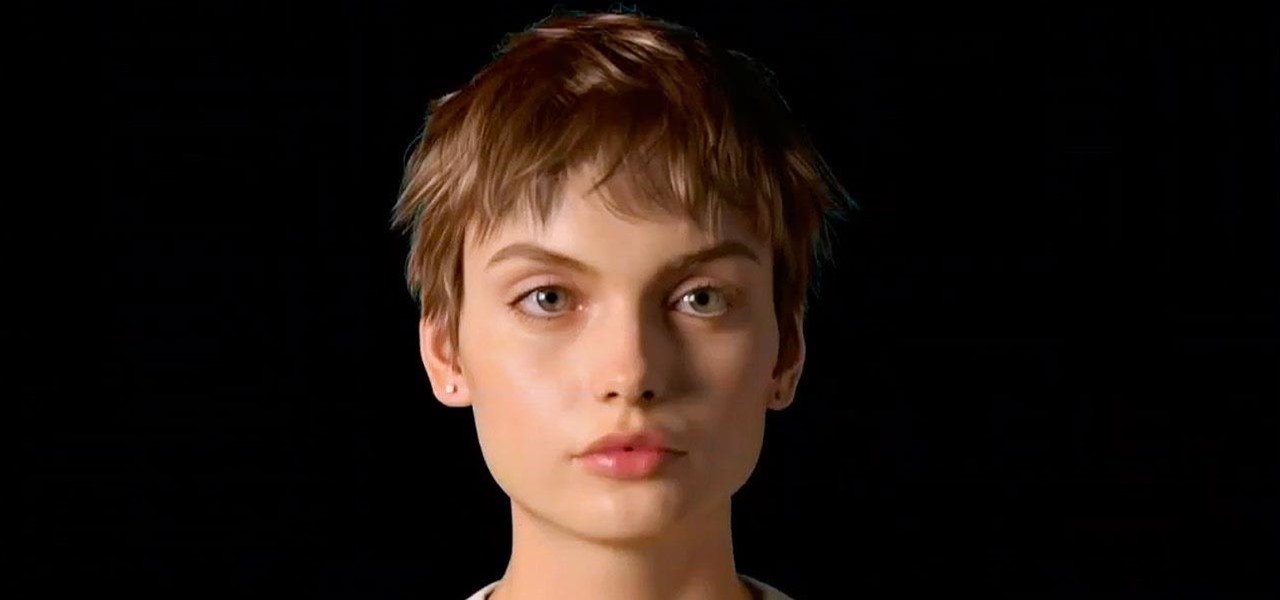
News: I Met Magic Leap's AI Assistant Mica & Saw the Future of Augmented Reality
Unlike VR, when you're talking about augmented reality, describing what an experience is like can be incredibly difficult — primarily because the experiences are even more contextual than relatively static virtual worlds that don't involve real-world settings.
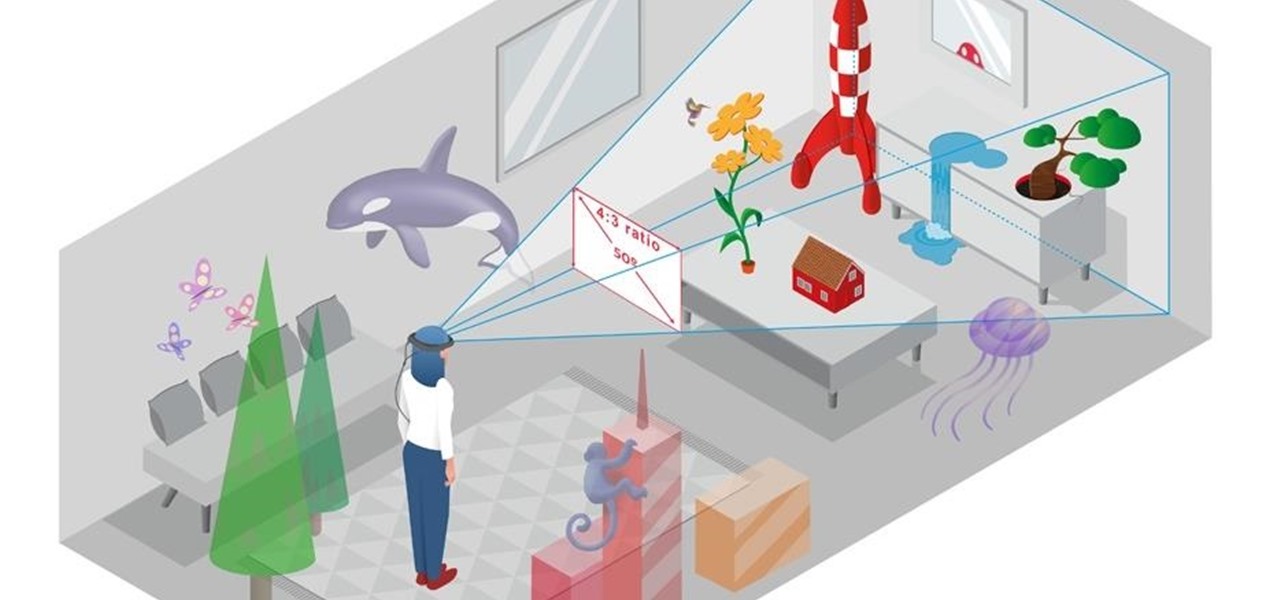
News: Magic Leap One Field of View Specs Finally Uncovered
In the lead up to the Magic Leap One launch, Magic Leap has been coy about what the actual field of view (FoV) is for its first commercial product.
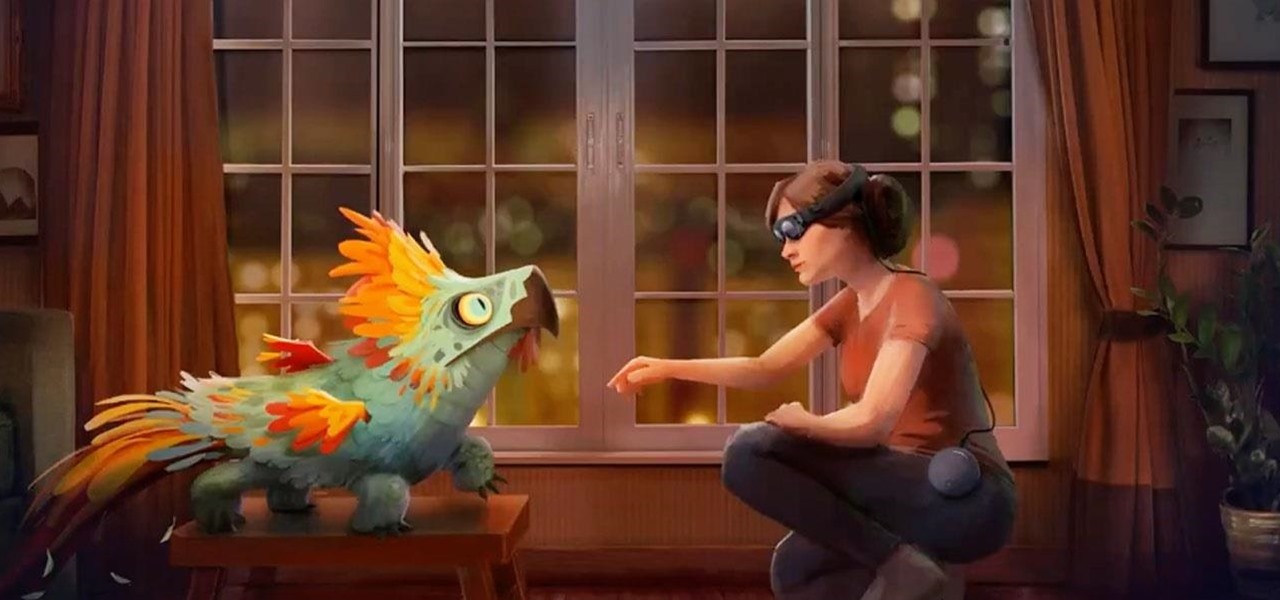
News: Magic Leap's Unity Conference Presentation Uncovered Many New Details, Here's What We Found Out
During its presentation at Unite Berlin, Magic Leap gave attendees a crash course in developing experiences for Magic Leap One (ML1), we found out quite a bit more about how the device works and what we can expect to experience with the device.
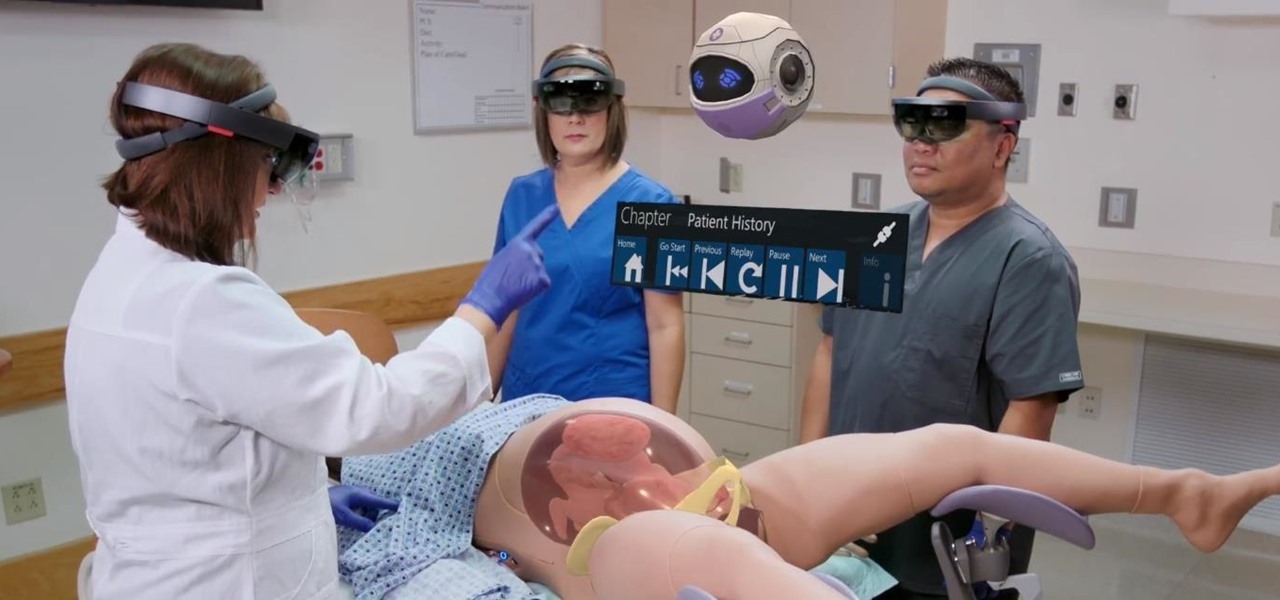
News: HoloLens Can Now Simulate Childbirth to Train Medical Students
Medical training technology company CAE Healthcare has given birth to the latest example of how augmented reality can help to build practical operating room skills for doctors and nurses. The company's newest product is called LucinaAR, which harnesses the power of the Microsoft HoloLens.

News: Magic Leap Adds Master of 'The Matrix' Bullet Time Effect to Secretive Product Team
After announcing another massive round of funding to the tune of $502 million, Magic Leap is adding another powerful weapon to its creative arsenal: John Gaeta, the man who helped develop the iconic Bullet Time effect for The Matrix series of films.
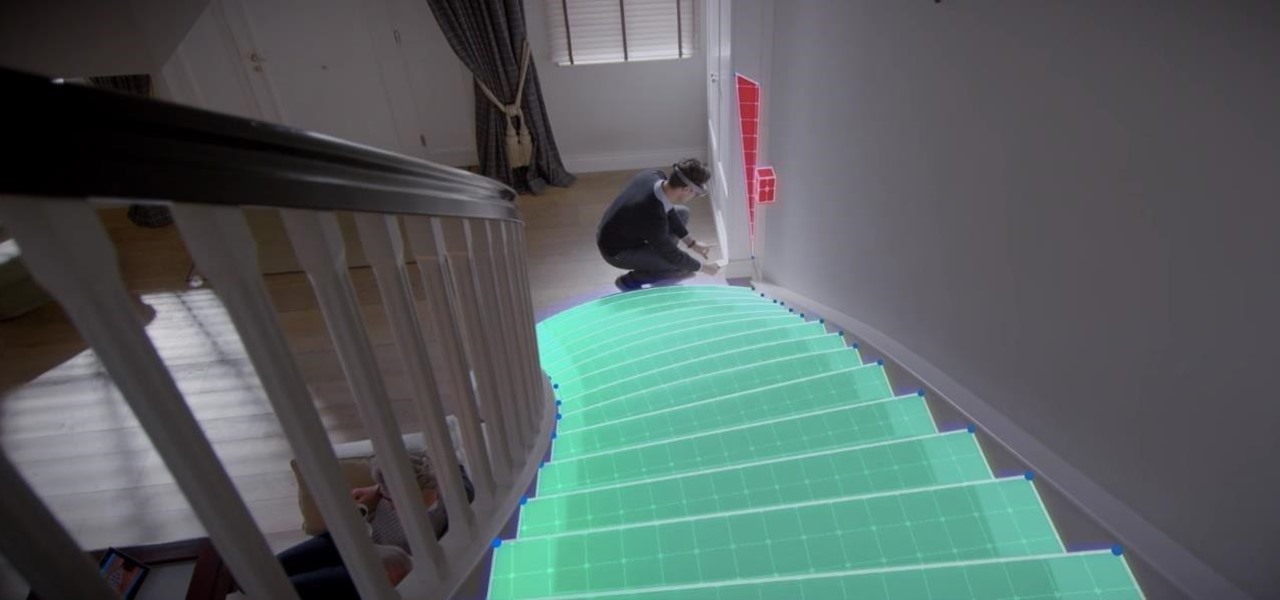
News: Thyssenkrupp Claims Up to 4x Faster Workflow with HoloLens
Microsoft announced yet another exciting partnership for HoloLens today — thyssenkrupp, an industrial engineering company best known for their elevators — continuing to prove how useful augmented reality is in the workplace.
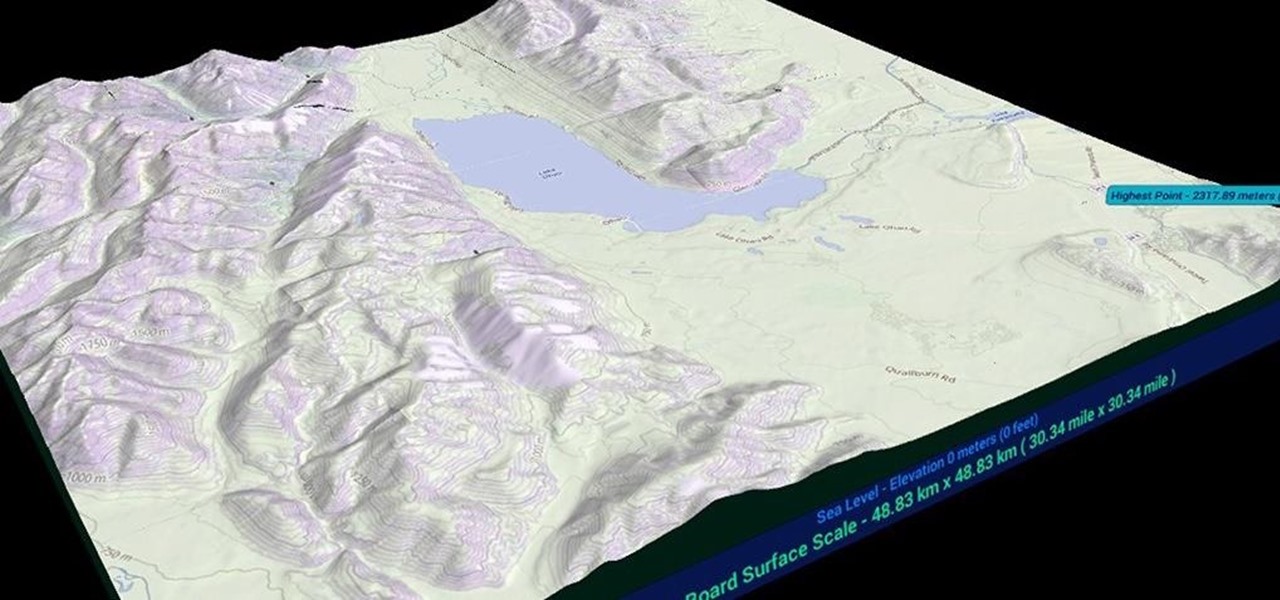
Have You Seen This?: HoloTerrain Lets HoloLens Users Explore the Earth in 3D
After what appeared to be an issue with the Windows Store for HoloLens not showing many newer applications, including one that I had released over a month ago, Microsoft finally squashed the bug. So, at first glance, it would seem as if there were lots of new HoloLens projects that just appeared in the store, even though they've likely been hiding out there for a while. HoloTerrain is one of those apps.
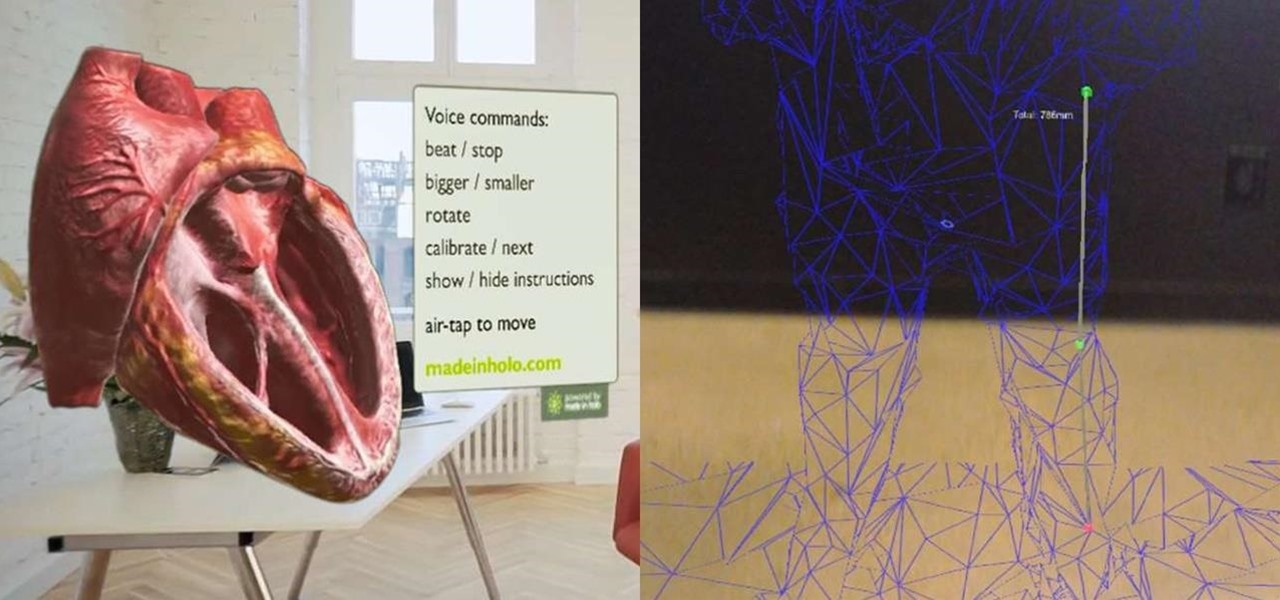
Have You Seen This?: New Spatial Map Measuring Tool & Beating Heart App for HoloLens
While all of my previous Have You Seen This? posts have all focused on individual HoloLens apps in the Windows Store, this time I'll be sharing a couple at once. These holographic applications are really simple in scope, so there is not a lot to say about them, yet they are interesting enough for me to want to share them with you.
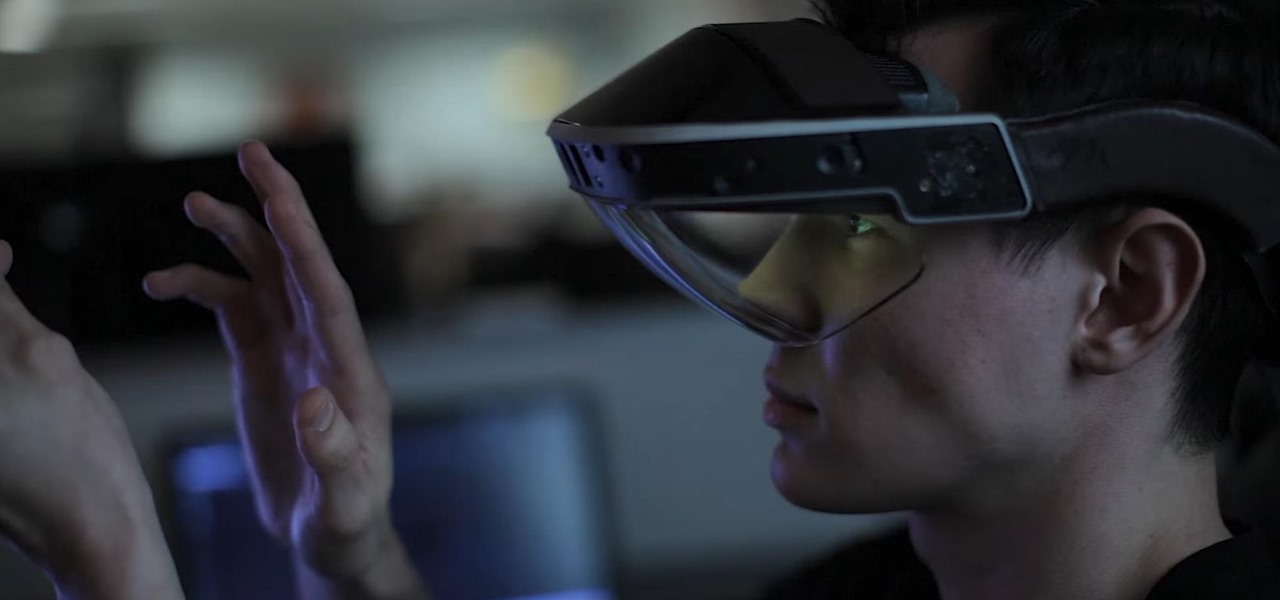
Breaking: The Meta 2 Augmented Reality Headset Is Shipping
The Meta 2 developer kit has finally begun shipping! Gary Garcia, the senior director of customer success at Meta, just sent out an email that they are shipping out to the first round of preorder customers. Waves will be building from there, up to far higher manufacturing rates near the end of Q1 of 2017.
